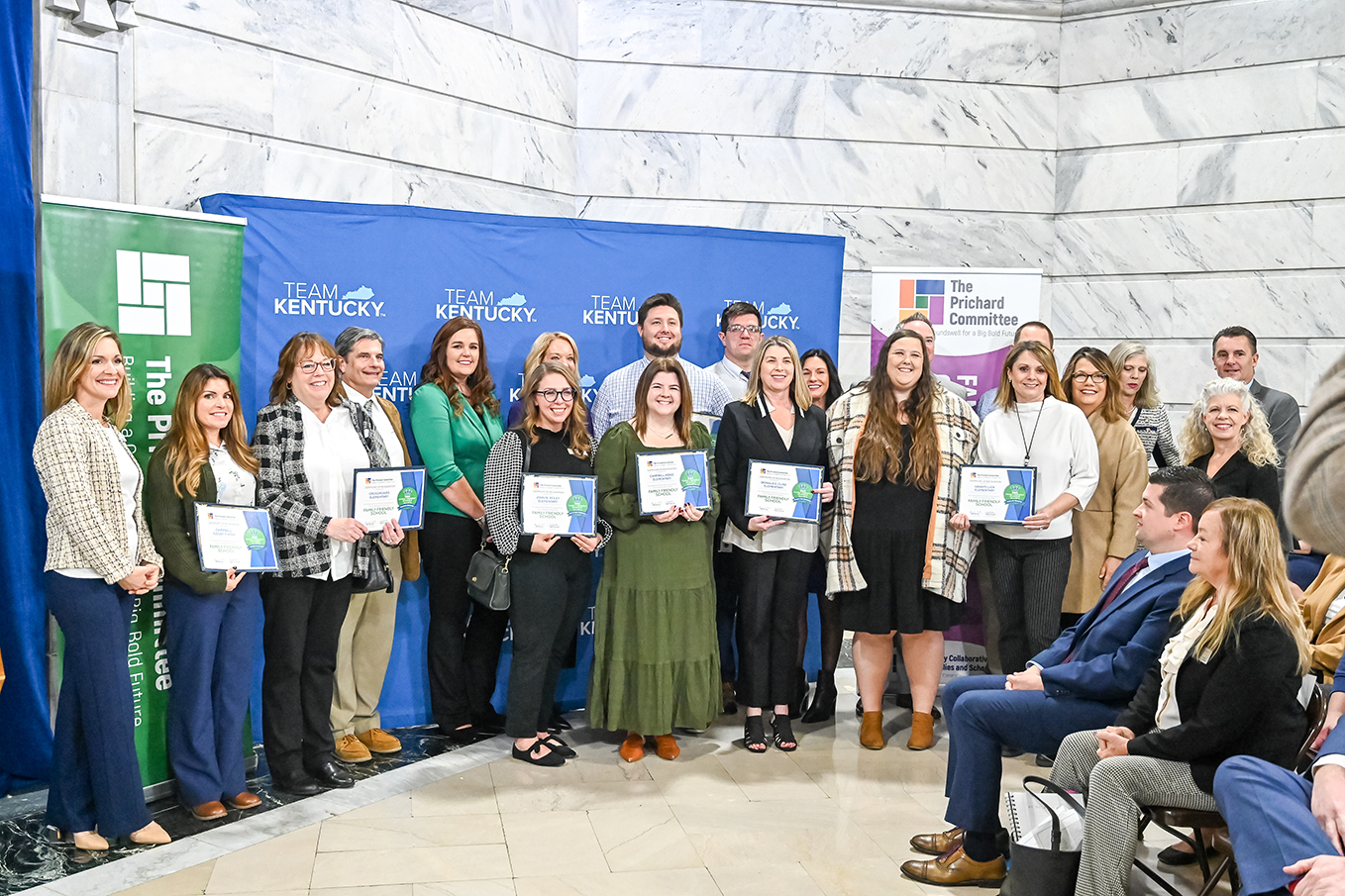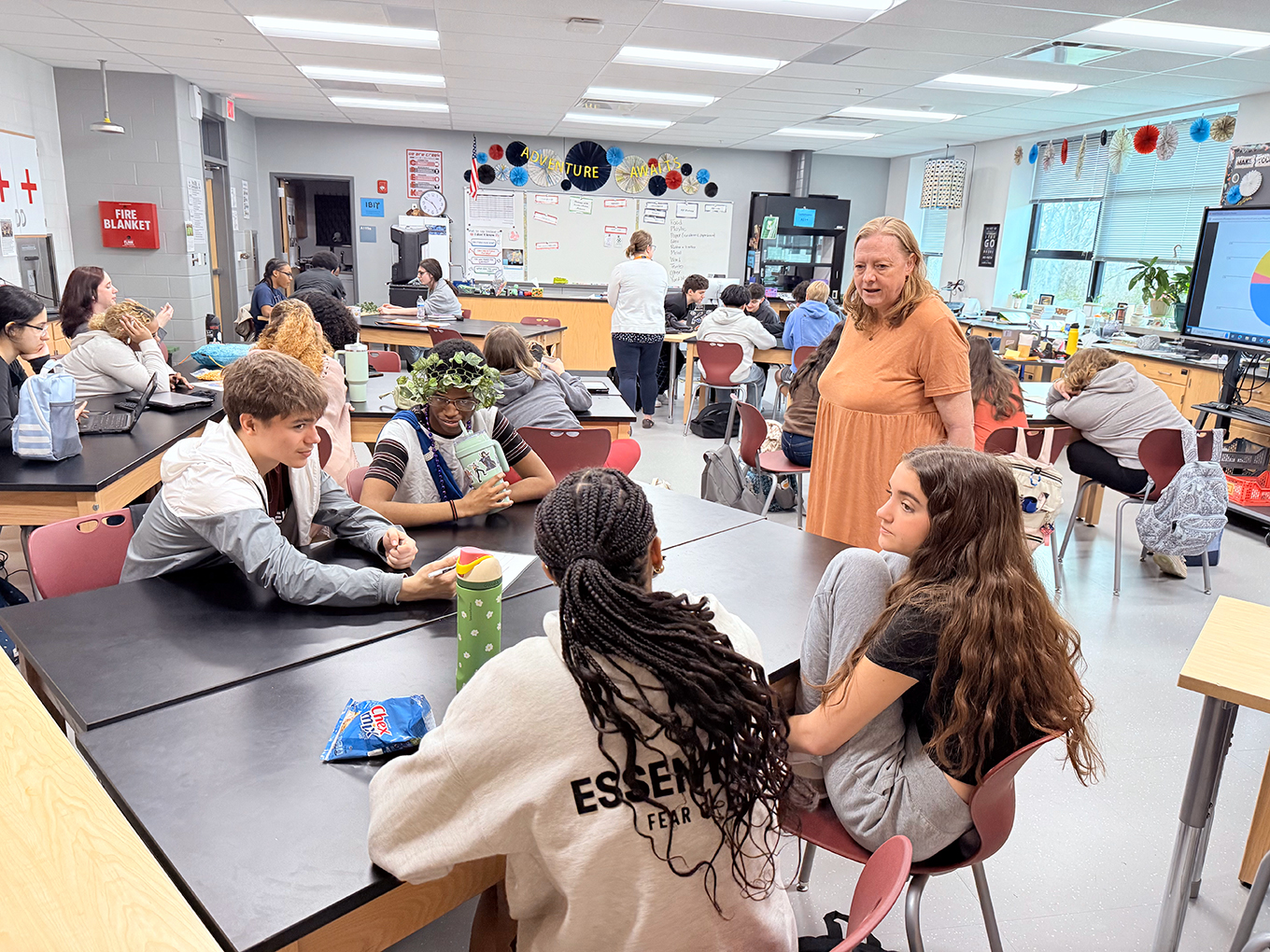This is the first of a series of guest columns from teachers implementing the Kentucky Core Academic Standards for Science this school year.
By David Grossman
david.grossman@etown.kyschools.us
In the 1980s, Amy Grant had a song titled, “The Now and the Not Yet.” While I don’t remember much of the song, I do remember the title and the gist of the message: my reality today doesn’t match the ideal that I’m shooting for. I’ve been thinking about this a lot recently as I tackle the challenge of transitioning to the Next Generation Science Standards (NGSS).
If you’ve spent any time at all looking at the new standards, from which the Kentucky Core Academic Standards for Science were derived, you’ve probably realized that they are very different from anything we’ve seen before in the realm of science or standards. You probably needed someone to help you learn how to read the standards. After you got over that hurdle, you may have noticed the increased emphasis on students doing what scientists do and thinking in the way that scientists think. This is not only new, but it requires a paradigm shift in the science classroom. Let me share with you a little of what I’ve done.
Without existing models of NGSS-aligned instruction to build my class around, I’ve built models in my head of what I think NGSS-aligned teaching and learning should look like. To do this, I’ve inundated myself in NGSS-related events and information. I’ve listened to some of the NGSS authors talk about their visions for science instruction on webinars and podcasts. I’ve attended meetings. And, of course, I’ve read and read and read about the new standards. After all of this, I think I’m developing a vision for what my classroom should look like as the new standards are incorporated into teaching and learning. Ideally, my classroom would look like a room full of junior scientists using the three strands of the NGSS to make sense of their world and to explain phenomena that are important to them.
The trouble comes when the vision meets reality in my classroom: The big vision that I’ve created isn’t what I see. The daily struggles of the classroom get in the way of the grand idea of students “being scientists” every day. My middle school students have spent years making “models” that are replicas of what they see in a book or on the directions provided by a teacher. They’ve spent a lot of time following lab instructions from step 1 through step 25. At the end, they heard a teacher’s explanation that began with, “This is what you should have observed …” (In the past, that teacher was often me.) Now I’m asking them to do the heavy lifting while I provide a scaffolded framework. You know what? It’s not easy.
Students love doing hands-on activities, but sometimes they struggle when we ask them to do the thinking that goes with the hands-on work. It’s not that they can’t do it. It’s just that they aren’t used to having to do it. They’ve lived their school career working under science standards that defined science as a body of knowledge. Now we’re changing that definition of science to something that aligns more closely to what scientists actually do, and it’s hard work for students and teachers.
Just as parents are excited about the first “steps” that their babies take, (they wouldn’t even qualify as “developing” on a walking rubric) we have to be excited about our first wobbly steps toward NGSS implementation. Let’s celebrate the new direction the standards are pointing toward, embrace our successive approximations of NGSS-aligned instruction, and never give up the forward momentum. In doing so, we’ll close the gap between “the now and the not yet.” Our students deserve nothing less.
David Grossman is a 7th- grade science teacher at TK Stone Middle School (Elizabethtown Independent). You can find him on Twitter @tkSciGuy or at his NGSS blog and resource site, ngssky.weebly.com.





David, I want to be in your class!! When I taught middle school, I always felt as if I were teaching kindergarten students in pubescent bodies. They need to move, to investigate, to experiment, to observe, to create, to make choices and see the results of their choices. Isn’t this what NGSS asks for? Joan